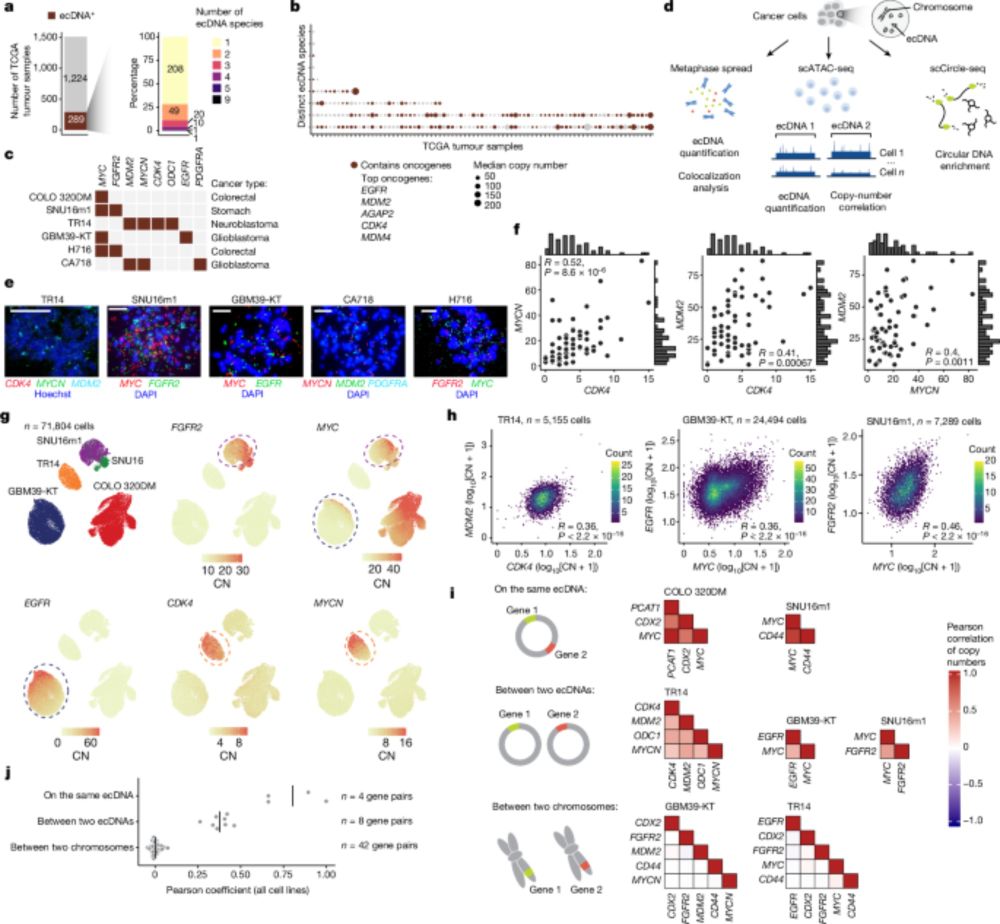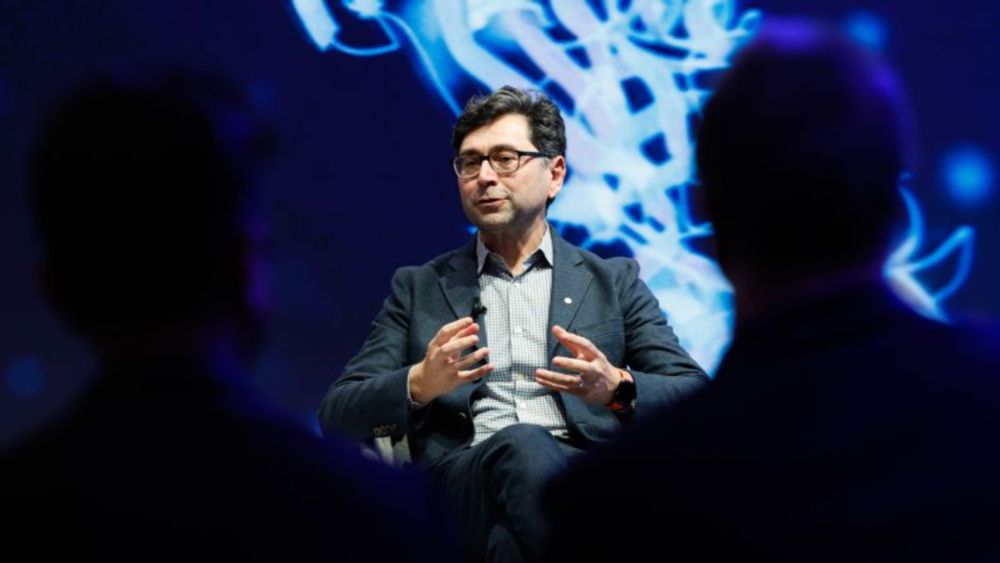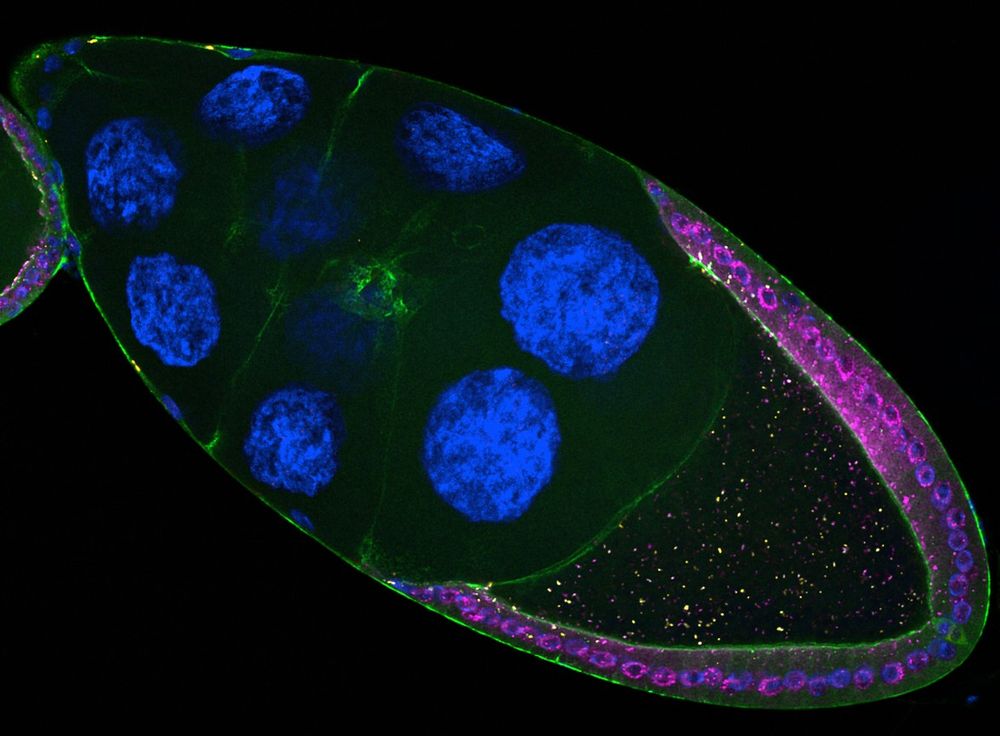https://kinglhung.org

www.nature.com/articles/s41...
www.nature.com/articles/s41...

www.nature.com/articles/s41...
@science.org.
📖 Read more - lnkd.in/ekMqXC6J

@science.org.
📖 Read more - lnkd.in/ekMqXC6J
www.science.org/doi/10.1126/...

www.science.org/doi/10.1126/...



A personal reflection on what’s at stake as science funding gets slashed. I’d be grateful if you could amplify both in and beyond the science world.
www.cnn.com/2025/04/09/h...

A personal reflection on what’s at stake as science funding gets slashed. I’d be grateful if you could amplify both in and beyond the science world.
www.cnn.com/2025/04/09/h...

But did you know they can also jump 𝘣𝘦𝘵𝘸𝘦𝘦𝘯 cells? 🤯
Our new study reveals how retrotransposons invade the germline directly from somatic cells.
www.biorxiv.org/content/10.1...
A short thread 🧵👇

But did you know they can also jump 𝘣𝘦𝘵𝘸𝘦𝘦𝘯 cells? 🤯
Our new study reveals how retrotransposons invade the germline directly from somatic cells.
www.biorxiv.org/content/10.1...
A short thread 🧵👇

Research Assistant 2: externalcareers-ohsu.icims.com/jobs/32602/r...
Postdoc applicants: please email me your CV and 3-4 references.

recruiting2.ultipro.com/SCR1003TSRI/...

recruiting2.ultipro.com/SCR1003TSRI/...

www.nature.com/articles/s41...

www.nature.com/articles/s41...

www.nature.com/articles/s41...

www.nature.com/articles/s41...
biorxiv.org/content/10.1...
----
Everyday, cells like this crawl through your body to protect you. While we know that their front 🔴 and back 🔵 polarity programs work together, how exactly do these two processes communicate?
biorxiv.org/content/10.1...
----
Everyday, cells like this crawl through your body to protect you. While we know that their front 🔴 and back 🔵 polarity programs work together, how exactly do these two processes communicate?
It's free, open-access.
erictopol.substack.com/p/cancer-sci...

It's free, open-access.
erictopol.substack.com/p/cancer-sci...
I’ve been tracking starter packs relevant to molecular/mechanistic/genetic/cellular…etc biology
Hope it’s helpful but warning: now a v long thread!
Probably the last time I can do this...
I’ve been tracking starter packs relevant to molecular/mechanistic/genetic/cellular…etc biology
Hope it’s helpful but warning: now a v long thread!
Probably the last time I can do this...
www.biorxiv.org/content/10.1...

www.biorxiv.org/content/10.1...


